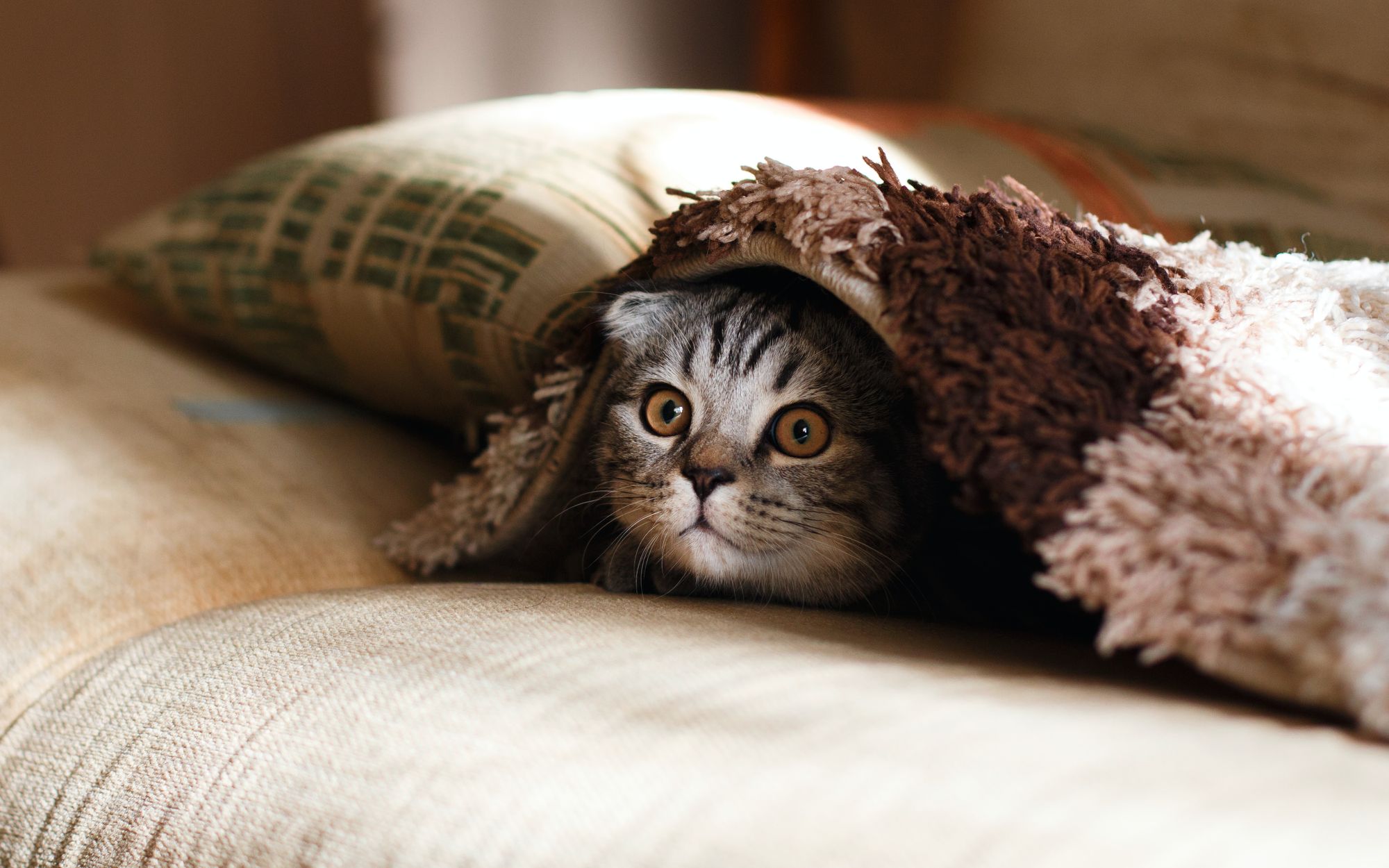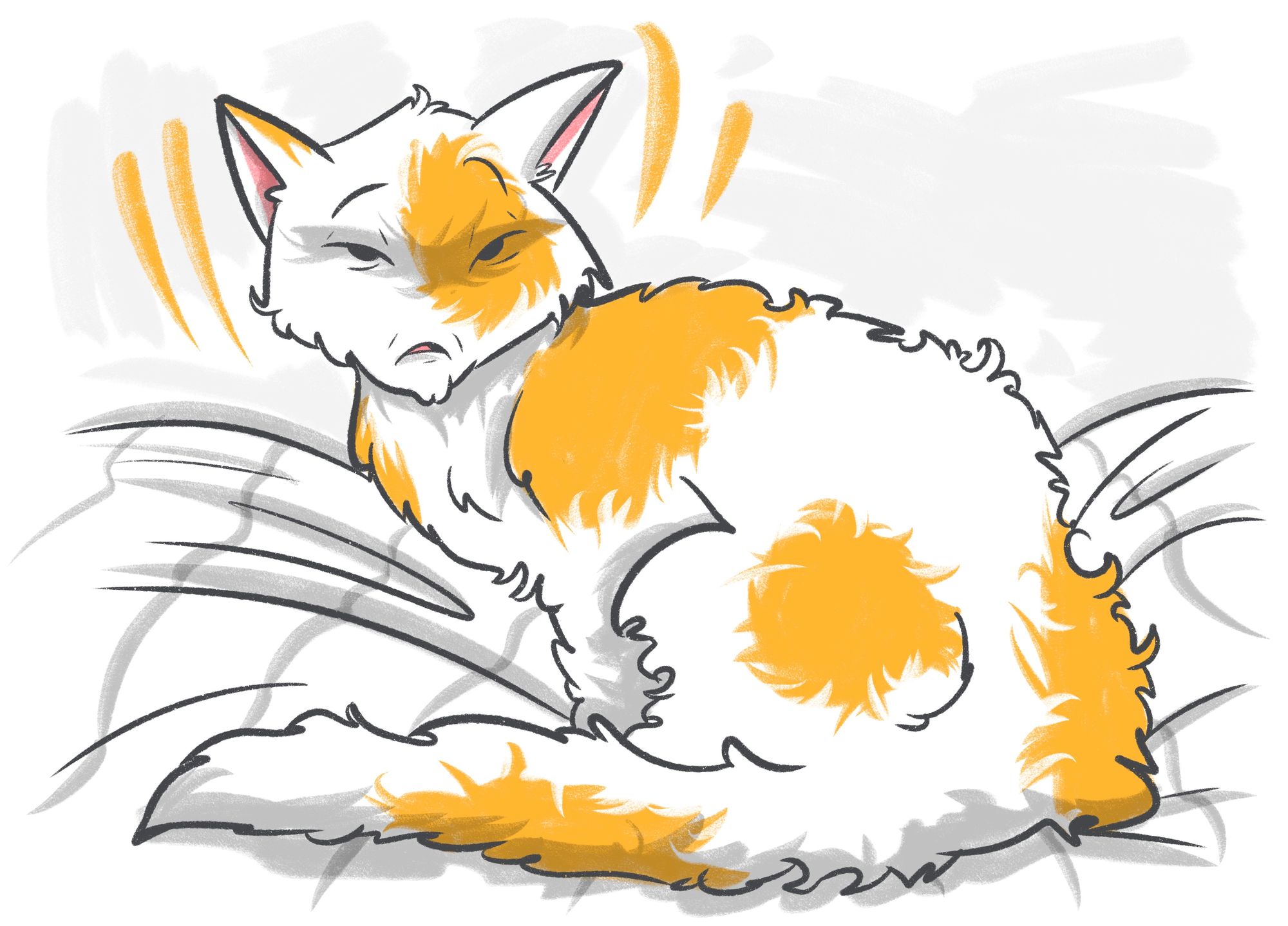Hyperthyroidism, also known as thyrotoxicosis, is a condition that affects multiple organs in the body in humans, cats, dogs, and other animals. The root cause in cats is unknown, which makes it difficult to prevent, although not impossible.
Feline hyperthyroidism can be fatal, but with management treatments and therapies, most cats will go on to lead a happy, long, and relatively healthy life.
Content:
- Symptoms of Hyperthyroidism in Cats
- What Causes Hyperthyroidism in Cats
- Stages of Hyperthyroidism in Cats
- How to Treat Hyperthyroidism in Cats
- How Can the Emergency Fund Help with Treatment
- What Are the Prognoses for Hyperthyroidism in Cats
- Conclusion
Symptoms of Hyperthyroidism in Cats
The signs of feline hyperthyroidism are usually quite subtle at first, which means they’re easily missed. They may not even appear at all. Only around 10% of all cats have all the typical symptoms of this condition. If you aren’t at home and you don’t have an interactive pet camera to monitor your pet, early symptoms will likely go unnoticed.
It is only when the disease has had time to progress that symptoms become more obvious and impossible to miss.
These include:
- Drinking more than usual;
- Eating more;
- Losing weight despite eating more;
- Urinating more;
- Bursts of increased energy and hyperactivity;
- Matted and scruffy coat;
- Increased vocal noises;
- Greasy, wet-looking appearance;
- Aggressive or snappy behavior;
- Diarrhea and vomiting.
Weight loss is often the first cause of concern for most pet parents. Cats will continue to lose weight all the while suffering from hyperthyroidism, so without proper and timely treatment, it won’t take long before they’ll become seriously ill.
What Causes Hyperthyroidism in Cats
According to the Cornell Feline Health Center study, hyperthyroidism tends to affect cats that are middle-aged or older. It occurs when the thyroid glands in a cat’s neck become enlarged and produce too much T3 and T4 thyroid hormone.
Most cases are caused by a benign tumor or growth on the tissue of the thyroid gland, referred to as an adenoma. Rarely, thyroid adenocarcinomas are the cause, which is cancerous or malignant, but this is the case in fewer than 2% of cases.
There are no breeds that are more susceptible to feline hyperthyroidism, but breeds such as Persians, Tonkinese, Siamese, and Burmese are believed to be at reduced risk.
Hyperthyroidism is linked to other causes, such as:
- Chemicals found in flame-retardant household items;
- Wet, canned food;
- Canned food with giblets, liver, or fish;
- Cancer of the thyroid;
- Soy food products;
- Plastic water and food bowls and containers;
- Deficiency or excess of vitamins, minerals, and other body compounds
- Indoor lifestyles.
Stages of Hyperthyroidism in Cats
The first stage of hyperthyroidism is silent and invisible. The growth is starting to form on the gland, and it manipulates the thyroid to produce more hormones. At first, it’ll look like your cat just has a good appetite. The ravenous appetite won’t go away.
The second stage is when symptoms start to show because increased hormone production is wreaking havoc on the cat’s metabolism. Despite eating more than you’ve ever seen them eat before, they don’t put on weight. Instead, they lose it.
Weight loss will be slow at first, but it doesn’t take long for your pet’s ribs to start to show. For many pet owners, it seems to happen overnight. Suddenly, they realize how slim their pet looks.
The third stage of hyperthyroidism in cats is when it has the potential to become deadly. The thyroid gland and the hormones it produces are necessary for several body systems to function properly.
These include regulating body temperature, muscle tone, the condition of the skin and coat, a healthy nervous system, cardio health, and heart rate, the reproductive system, metabolism, and more. When too many of the hormones are produced, the systems start functioning abnormally.
At this stage, secondary issues can occur, such as an elevated heart rate, high blood pressure, breathing difficulties, heart murmurs, and unusual aggression.
How to Treat Hyperthyroidism in Cats
Stop Googling - Ask a Real Vet
The benign tumor on the thyroid gland is removed to treat hyperthyroidism in cats, with extremely high success rates.
This is combined with other treatments, such as:
- Oral treatments such as methimazole;
- Radioactive iodine therapy;
- Low-iodine diet;
- Surgery.
How Can the Emergency Fund Help with Treatment
Pre-existing conditions, such as hyperthyroidism, aren’t always covered by pet insurance providers without additional costs. If your pet requires urgent medical care because of the condition, the responsibility of paying will fall on your shoulders as a pet parent.
Petcube’s Emergency Fund Service offers a way out of that tricky situation. For just $1 per day, you can relax knowing that up to six of your pampered, precious pets are covered in those scary emergencies, for up to $3,000 of care per year.
What Are the Prognoses for Hyperthyroidism in Cats

When a cat receives an early diagnosis and is put on an effective treatment plan, the prognosis is very good. It’s usually the case that middle-aged or elderly cats suffer from the condition, and although it can have some impact on lifespan due to secondary medical issues, they usually go on to live at least five years or more.
According to PetMD, on average, cats are diagnosed with hyperthyroidism between the ages of 4 and 20, with the most common age being thirteen.
Conclusion
Hyperthyroidism has the potential to be a life-altering and even life-shortening condition for your feline friend, but that doesn’t have to be the case. If you notice any of the symptoms of hyperthyroidism in your cat or they are starting to display other, unusual patterns of behavior, seek veterinary advice.
When it comes to those furry family members, it’s just not worth taking the risk of ignoring this potentially deadly disease.
Was this article helpful?
Help us make our articles even better









